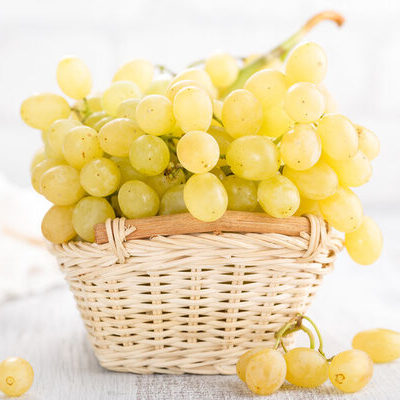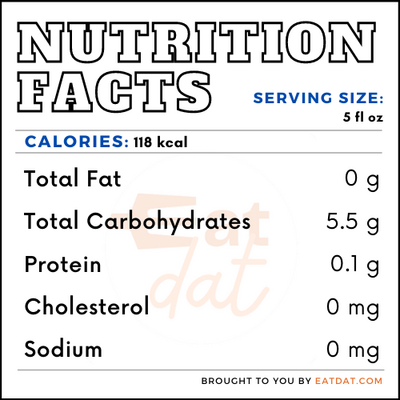
Riesling
What is Riesling?
Riesling is a variety of white grapes, which is used to make white wines that may be dry, semi-sweet, sweet, and sparkling. This grape is aromatic and high in acidity. Riesling wines are on the sweeter side in order to balance the acidity of the grapes. They are one of the top three collectible white wines in the world, alongside Chardonnay and Sauvignon blanc.
Some of the most popular Riesling wine brands include:
- Schneider
- Emma Reichart
- Loosen Dr. L
- Blue Fish
- Crestwood Barrel
- Züm Mosel
- Landshut
- Eroica
- Nik Weis St Urbans Hof
- Meierer
- Amalaya
Origin of riesling
Riesling wine can be traced back to the Teutonic tribes that inhabited Germany in 50 BC. At that time, their main drink was mead but they had begun to experiment with cultivating wild grapes, which eventually led to this variety. Ancient Romans spread their knowledge of viticulture to the Germanic territories and by 330 AD, wine making was flourishing in the region. The first mention of this wine was in 1435. By the late 1700s, vines had replaced most other low quality varieties of grapes. Today, Germany is one of the main producers of these wines.
Nutrition
One serving of riesling (5 fl oz):

White wines have a lesser amount of the antioxidants normally associated with red wines. They also contain 10 times less resveratrol than red wines and have a higher sugar content. However, white wine does have some health benefits as it helps repair endothelial cells lining the blood vessels, reducing heart problems. Also, it acts as an anti-inflammatory agent.
Nonetheless, overconsumption of this wine can result in major health complications. These include obesity, change in the brain’s functioning patterns, liver cirrhosis, pancreatitis, heart problems, strokes, different types of cancers, as well as impact on general overall immunity. It is recommendable to consume this beverage responsibly and in moderation.
Commercial production
Riesling wine is rarely blended with other grapes and is produced as a pure wine. These wines follow seven levels of sweetness: Trocken, Kabinett, Spätlese, Auslese, Beerenauslese, Trockenbeerenauslese, and Eiswein. They have an ABV of around 7 to 8 percent, and can go up to 13 percent. These wines are mainly produced in Germany, which takes up 13 percent of the country’s grape-growing regions. Other important producers are France, Australia, the USA, Austria, Moldova, Czech Republic, Canada, Ukraine, Hungary, Croatia, Slovakia, Russia, Bulgaria, New Zealand, Italy, Chile, South Africa, and Luxembourg.
For optimum storage, white wine can be kept in a wine cooler or fridge. If one is not available, it is best to keep the wine bottle in a dark, cool, humid, and still place. White wines are best served chilled at around 50°F.
Riesling recipes
This white wine may be used in cooking both sweet and savory dishes. Here are a few recipes to try:
- Creamy Coq Au Riesling
- Prawn Pasta with Lemon and Garlic Breadcrumbs
- Chicken Thighs with Mushroom
- Mulled Riesling Punch
- Fish Casserole
- Poached Pears
- White Chocolate Mousse
- Meat, Leek, and Potato Casserole
- Riesling Apple Cake
FDA regulations
Alcohol is regulated by the TTB (Alcohol and Tobacco Tax and Trade Bureau) unless they are artisanal products, in which case they are regulated by the FDA. There are strict regulations regarding the governing of any type of wine. Riesling wine is classified as a white wine and defined as wine produced by the normal alcoholic fermentation of the juice of sound, ripe grapes. White wine is identified by color. However, there is no specific definition of Riesling wine at this time.
References
The History of German Riesling, Wine Enthusiast, https://www.winemag.com/2019/03/08/the-history-of-german-riesling/
Weiskirchen, Sabine, and Ralf Weiskirchen. “Resveratrol: How Much Wine Do You Have to Drink to Stay Healthy?.” Advances in nutrition (Bethesda, Md.) vol. 7,4 706-18. 15 Jul. 2016, doi:10.3945/an.115.011627, https://www.ncbi.nlm.nih.gov/pmc/articles/PMC4942868/
Madeline Puckett, The Taster’s Guide to Riesling Wine, Wine Folly, https://winefolly.com/deep-dive/the-tasters-guide-to-riesling-wine/
